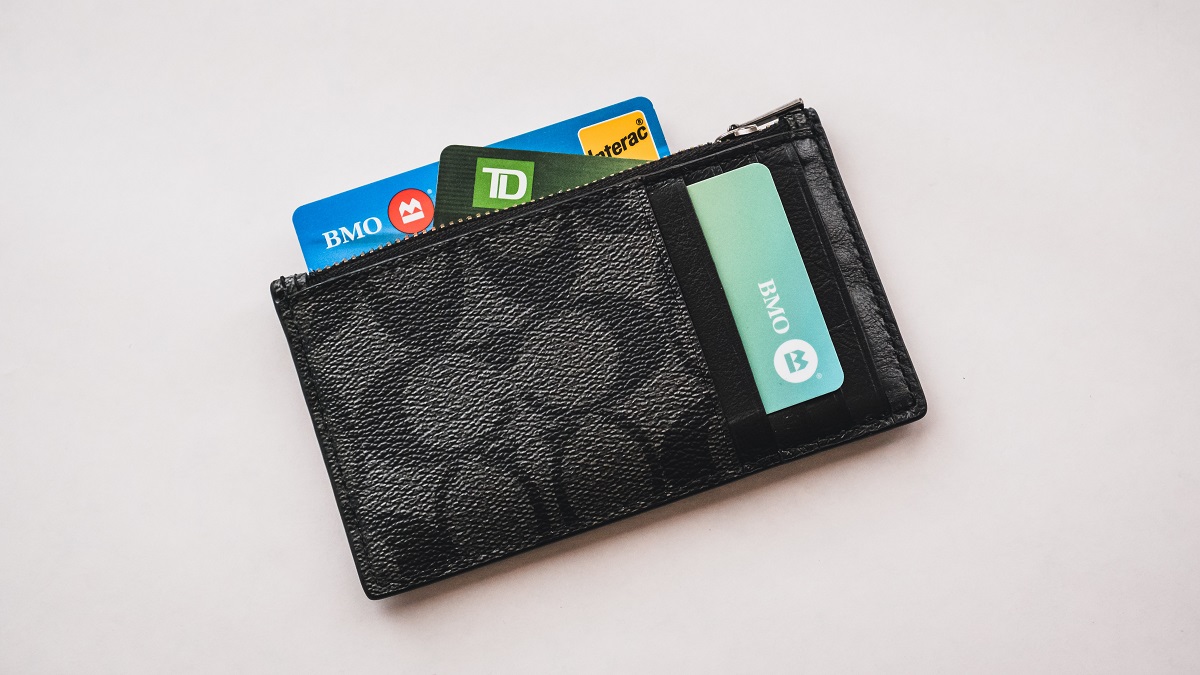
Instances of credit card fraud are on the rise. According to a recent study by the Canadian Anti-Fraud Centre (CAFC), both 2021 and 2022 were "historic" years for the number of reported losses to fraud when Canadians lost $380 m and $531 m due to the compromised security of credit cards. More recently, a 2023 TransUnion study found that 49% of Canadians were targeted by a fraud scheme recently, with stolen credit cards and fraudulent charges making up a significant portion of it.
When it is about safeguarding your credit card, and your creditworthiness, a stitch in time indeed saves nine.
Here are a few security measures that can prevent cardholders from falling victim to fraudulent activities that can rob you of money and your peace of mind - and potentially leave you with a questionable credit score.
To state the obvious, guard your private data closely. Criminals are always scouting for carelessly discarded credit card receipts, paper statements and other confidential communication to gain access to your financial data. These documents are a treasure trove of personal information that scammers can exploit to pull off fraud. Store all your paperwork securely and be sure to shred it before disposing it of.
Protect Your Personal Information
As a first rule, never leave any personal information lying around at your place of work, in your vehicle or even at home.
When choosing a personal identification number, or PIN, pick a combination that is difficult to guess. Never save them on internet-enabled devices which can be hacked, or share it with anyone else.
Additional safety measures include shielding the keypad while punching in your PIN at a store or ATM, and always ensuring to retrieve transaction slips and receipts.
Promptly sign the back of your new credit card as soon as it’s activated and be sure to destroy the old one upon receiving a replacement credit card. As a general rule, avoid sharing your credit card information over the phone, unless you have initiated the call and are certain that the other party is trustworthy.
Disregard any emails that request your personal or credit card details, particularly those that claim to offer a large financial gain in exchange for a small upfront payment. Lock your mailbox and notify the credit card company when you are travelling so they can detect and flag any suspicious activity while you are away.
Navigate Online Transactions Safely
Only conduct online transactions with your credit card on trusted websites and make sure the transaction is encrypted. Look for sites with URLs that start with "https" or that display a padlock symbol on the page. This signifies that the data entered and transmitted on these pages is secure. Refrain from setting up an online profile that includes your credit card or banking details.
Be wary of free Wi-Fi at shopping centres and cafes. While convenient, these unsecured networks could potentially expose your private data to cybercriminals. Avoid entering banking or credit card details, sending confidential emails, or sharing any sensitive data when connected to public Wi-Fi, particularly on unsecured sites.
Don't Get Hooked by Phishing
Phishing is a cybercrime where scammers use email as bait to trick individuals into disclosing sensitive information such as passwords and financial data. These emails often mimic legitimate sites and businesses, asking for sensitive information such as credit card numbers, bank account details, and passwords, which are then used for fraudulent activities.
In the current digital landscape, phishing scams have evolved and now include tactics such as phishing in social networks and messengers. Thanks to generative AI, such as ChatGPT and Bard, cybercriminals have become adept at making their phishing emails look like genuine emails, making it easy for individuals to be tricked into opening, clicking, or sharing dubious links.
Some tips to protect yourself from these advanced phishing attacks:
Recognize the signs: Look out for unfamiliar greetings or tones, unsolicited messages, grammar and spelling errors, a sense of urgency, unbelievable offers, suspicious links or attachments, requests for personal information, inconsistencies in email addresses, links, etc.
Never respond: When in doubt, avoid responding. By responding to a suspicious message in your inbox, you're letting the scammer know that they're dealing with an active email address.
Report suspicious messages: Be sure to report to your email service provider or workplace tech support if you notice a suspicious message in your inbox.
Secure your computer with anti-virus software: This can help you proactively identify phishing attacks and provide mitigation techniques for successful attacks.
If something feels out of place, contact your financial institution immediately. The Canadian Anti-Fraud Centre, a national anti-fraud call centre and central repository for fraud data, strongly recommends reporting any suspicious emails to both the Anti-Fraud Centre and the financial institution that the email purports to be from.
The Best Protection is Prompt Action
Despite the best efforts of cardholders, credit cards can sometimes be lost or stolen. In such instances, it's crucial to report the incident to the card issuer immediately.
Banks are committed to their customers’ financial security. They have implemented extensive security measures and fraud prevention systems to prevent cardholders from falling prey to credit card fraud and having to deal with unauthorized transactions.
In the event of a security incident, it's advisable to maintain a written record. Document when you first noticed the fraudulent activity and the steps you took in response, including the names of individuals you spoke with and the dates of those interactions. It's also recommended to file a report with your local law enforcement agency.
While at it, notify Canada’s two credit rating agencies, TransUnion and Equifax. Ask them to put a fraud alert on your file. Additionally, reach out to the Canadian Anti-Fraud Centre via email or phone.






:quality(80)/cloudfront-us-east-1.images.arcpublishing.com/morningstar/HU3X6PAILNCOVAUSKMJBJCVK6U.jpg)













